home
>
Blog
>
Photography
>
What does a cinematographer do? We analyze 3 famous series
What does a director of …
To understand a cinematographer as someone who manipulates a high-tech camera to capture the shots of an audiovisual production, is to make a mistake. To begin with, these projects start most of the time on paper, which implies a need to translate that story into another space: a final form of moving images.
The answer to what a cinematographer does is intended for the achievement or success of that transformation and also to capture the director’s intentions. In this sense, what is truly important in this profession is the subjectivity and vision of the person in charge.
Download these 8 exclusive Lightroom presets for free
In turn, you could say that the cinematographer’s true weapon is light. Santiago Mouriño, in his Introduction to Cinematography course, mentions a key interpretation:
“It is not about adding light or lighting, it is about transiting the entire spectrum, from shadow to light, to be able to represent and create powerful images that transmit emotions and can tell a story.”
Now that the function of this office is a little clearer, let’s analyze with the help of Santiago 3 series and the participation of photography in each one.
Get a Premium Membership and keep learning from home
Mr. Robot
Just seeing a few seconds of Mr. Robot generates a feeling of strangeness. This series addresses a universe of insurgent hackers. The themes that its history crosses are very real, in turn everything is presented before our eyes in a very particular way. Without a doubt, this has to do with how frames are worked. Santiago puts it this way:
“You cannot talk about Mr. Robot photography without talking about the frames, I think it is the most particular thing about that series and perhaps that is what makes you feel that you are seeing something strange. It is designed from photography to generate that effect. All that is framing uses the tool to compose the characters with negative airs, in places in the painting where you are not used to seeing them. ”
In addition, Mouriño perceives an intention behind the approach for close-ups that is developed in the series:
“Each character has an assigned lens for their close-ups. The different plots intersect, there is a game in this, some lenses are exchanged. It would be necessary to see if a metalanguage does not develop with the use of them. ”
It is undoubtedly a very interesting detail, but there is another aspect that is worth highlighting for Santiago. Mr Robot intends to create a very particular universe and for this he does not only use photography, there is a whole production design focused on generating the aforementioned sensations and adding richness to the plot. Mouriño appreciates how the photography of this series achieves a dialogue with all other areas, since it must be remembered that it is a collective work.
Atlanta
Atlanta photography seems very characteristic of this series, perhaps it is the grain of the image, but there is something that makes it very recognizable to me. It doesn’t particularly stand out, in fact when I think about this series, I think I do it around details that have to do with the script.
But there is functionality and subtlety in Atlanta photography that are invaluable. Mouriño explains it like this:
“What I find most interesting about photography in Atlanta is that it is super naturalistic, within the universe of magical realism it poses. It is not pretentious and it is not something hyper stylized, such as Mr. Robot for example. Undoubtedly, it is not a series that aims to make photography shine by itself, which makes us ask ourselves a question: what is a good photograph, the one that attracts attention, or the one that advances the plot invisibly? ”
There’s another aspect worth taking into account with Atlanta photography, and this is the cadence of your camera setup. Santiago explains that to be a television format, where the plots of the episodes must be narrated in 20 to 25 minute intervals, the rhythm of the camera set-up is peculiarly slow.
This is according to the naturalistic proposal that we mentioned above, the series takes its time to unwrap the plot organically or to subtly communicate aspects of the story. An example is the establishment plans filmed with telephoto lenses from afar, a space in which we see Earn as the protagonist and where the loneliness of this character is highlighted.
Better call Saul
Saul Goodman was one of the most emblematic characters of Breaking Bad and in Better call Saul we assisted in the creation of this alter ego by Jimmy McGill, the true identity of the corrupt lawyer. Unlike its predecessor, this series is not about breaking one’s moral parameters, but rather about assuming a nature of its own that does not correspond to the expectations of others, nor of family or close people, and also, predisposes to deal with consequences of this.
McGill decides to leave all those expectations behind and that’s why he becomes Saul Goodman, but at the same time it is clear that sooner or later he will have to bear the consequences of his choice.
This may have to do with choosing to use black and white for the present passages of the character, where we see him assuming a false identity to protect himself and doing modest work. About this, Santiago Mouriño mentions:
“The use of black and white to separate narrative time. A kind of confusion is generated, because black and white is associated with the past, but we soon realize that what we see belongs to a later time, even to the events of Breaking Bad ”.
Here black and white is used to express a feeling of desolation and uncertainty. It serves not only to delimit a different time, but also a darker mood.
Analyzing the photography of the series we see is an excellent exercise to understand the possibilities of this profession. Apply it with your favorite series and learn more about photo direction with the second course in Crehana de Santiago Mouriño.

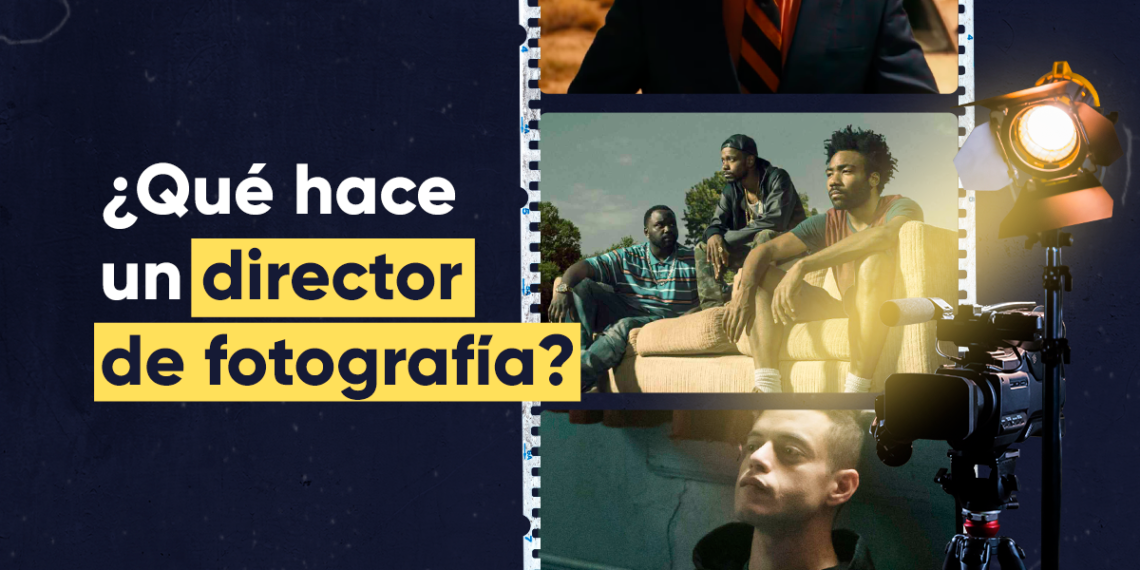
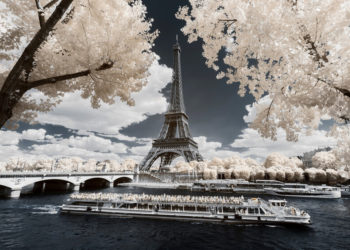
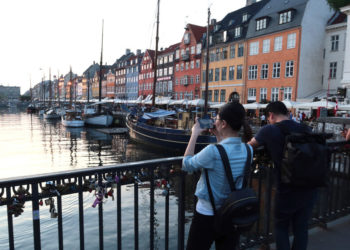
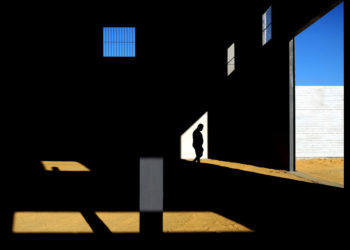
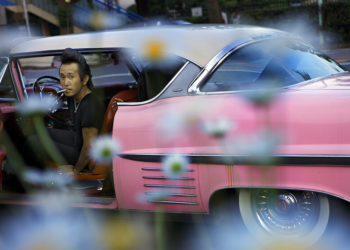


Discussion about this post